FOODPhilippines Pavilion opens in China’s biggest import expo
A delegation of 16 Philippine food exporters returns to CIIE as the world’s largest import-themed ex...

November 29, 2023
Capping its participation in the world’s biggest import expo, FOODPhilippines generated USD 1.1 billion in overall sales.
FOODPhilippines marked another successful participation in the annual China International Import Expo (CIIE), surpassing export sales generated in the 2022 edition of the recently concluded import-themed trade show.
A delegation of 16 Philippine businesses engaged in food and beverages capped its participation in the world’s biggest import expo, held from November 5 to 10, and broke the USD 655 million sales recorded last year, yielding a total of USD 1.1 billion in overall sales this year.
This included purchase agreements made prior to the opening of the 6th CIIE, tallying nearly USD 900 million with ceremonial turnover and signing during the show. More than USD 226 million was recorded under booked sales, sales under negotiation, retail sales, and business matching activities after the 6-day trade exhibition. This is the highest earning recorded by the Philippines following its participation in the Chinese expo since its maiden edition in 2018.
The top food products in terms of dollar value of export leads were durian, bananas, specialty coffee, and pineapples. Bananas and pineapples remain as the staple Philippines’ fresh fruits exports to China.
This monumental milestone translates to substantial employment opportunities for Filipino families, a more inclusive economic growth felt by a larger population. In a report issued by the Philippine Statistics Authority (PSA), a huge portion of the Philippine economy is driven by export-related activities. A significant growth was recorded in 2022, tallying a total of USD 78.8 billion in export revenue from 74.7 billion in 2021.
Led by the Center for International Trade Expositions and Missions (CITEM) and in close collaboration with the Philippine Department of Trade and Industry - Export Marketing Bureau (DTI-EMB), Philippine Trade and Investment Center - Shanghai (PTIC-Shanghai), Philippine Department of Agriculture - Office of the Agriculture Counselor in Beijing (DA-OAC Beijing), Philippine Exporters Confederation, Inc., (PhilExport), and the Federation of Filipino Chinese Chambers of Commerce & Industry, Inc. (FFCCCII), 16 food exhibitors took the center stage to showcase the rich and diverse heritage of Philippine food landscape. Joining the Philippine delegation are four (4) other Philippine businesses supported by the International Trade Centre (ITC) from the food, consumer, and services sectors.
As part of the overall export sales in CIIE, business matching activities led by the DTI-EMB, in partnership with the Bank of China (BOC) contributed a total of USD 3.4 million.
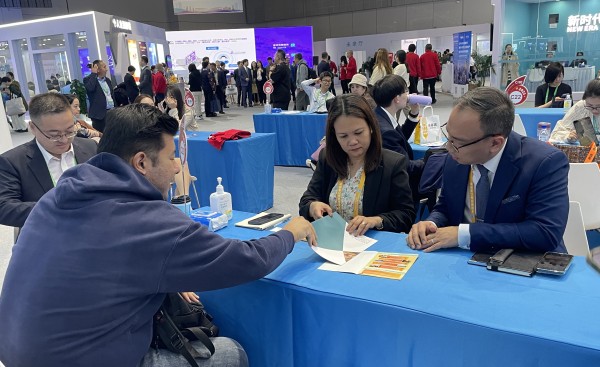
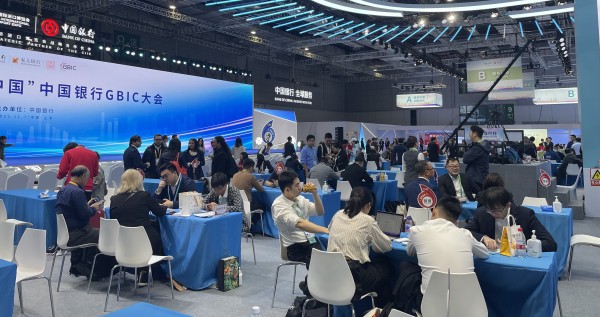
The Philippine pavilion opened its doors to international and Chinese trade buyers through a ribbon-cutting ceremony led by DTI Undersecretary for Industry Development and Trade Policy Dr. Ceferino Rodolfo. He was joined by Philippine Ambassador to China, H.E. Jaime FlorCruz, Consul General Josel Francisco Ignacio, CITEM Executive Director Edward Fereira, PTIC-Shanghai Commercial Counselor Glenn Peñaranda, and DA Regional Executive Director Abel James Monteagudo.
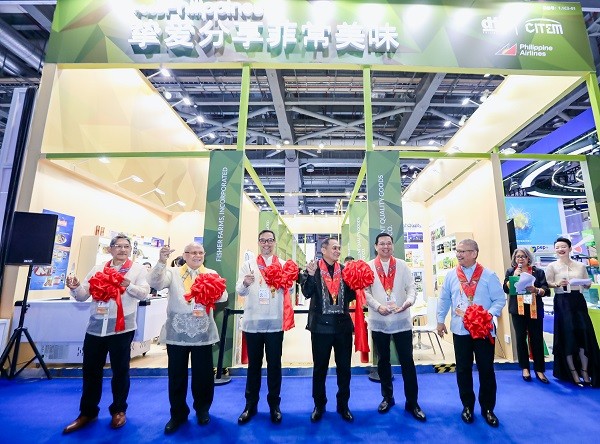
Stressing the importance of the country’s consistent participation in CIIE, DTI Undersecretary Rodolfo said that the Philippine government eyes “to expand its bilateral trade and investment relations with China and the rest of the world.”
“The CIIE has become an important platform for the country to showcase its best-selling food products and attract potential investors in China, creating new business opportunities and boosting the economy,” Rodolfo explained.
Chinese buyers from major traders and food organizations have, likewise, “displayed a strong interest in agricultural produce and various food products offered in the Philippine Pavilion.”
“As you know very well, the Philippine government is keen on exploring opportunities for partnerships with Chinese enterprises to increase its export capacities to China by enhancing the entire value chain. And every sector plays a crucial role in attaining this because export development entails a whole-of-nation approach,” PTIC-Shanghai Commercial Counselor Glenn Peñaranda said.
Ph Durian along with other food products mainstreamed
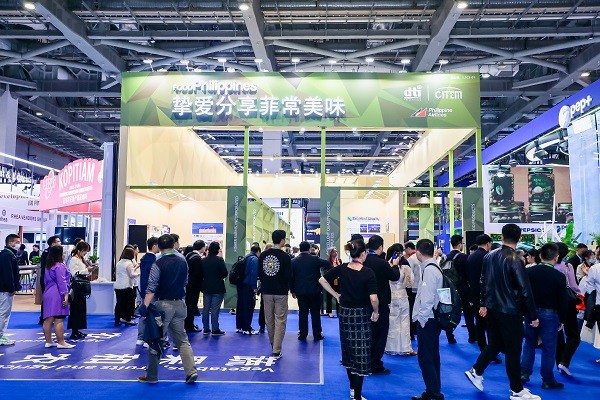
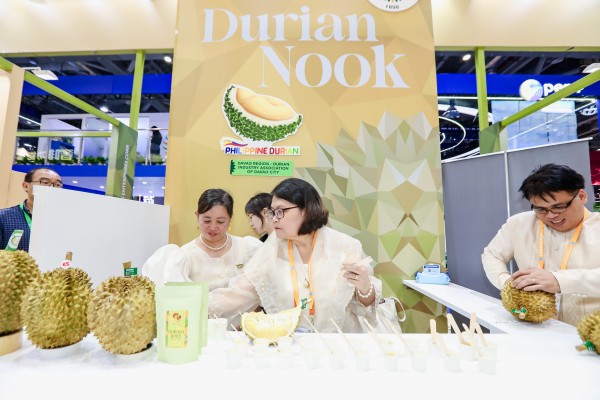
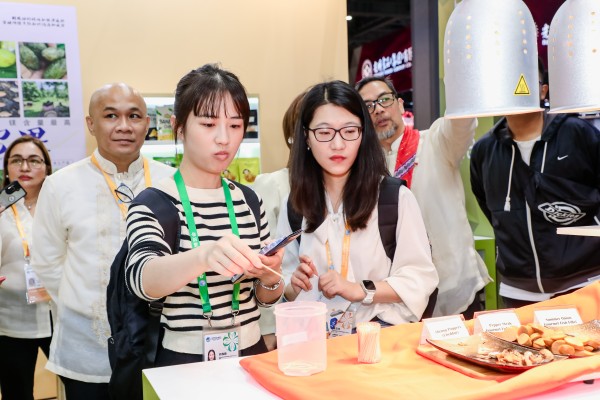
Thousands of visitors flock to the Philippine pavilion to grab a bite of its fine-tasting local Durian variety popularly known as the golden “Puyat.” Chinese consumers who have tasted the same have likened the homegrown Durian to Malaysia’s own variety, “Musang King” which is currently the most expensive Durian in the Chinese market.
In April this year, the Philippines successfully started durian exports to China. In just a few months of market access, China has become the major export destination for fresh Durian at about 3,481.29 metric tons out of the total 3,916.36 metric tons exported to the world from January-October 2023. This year, the focus on durians at the CIIE is celebrated and supported, especially for hundreds of small farmers who will benefit from these exports. This signals a promising future for the Philippines’ local agricultural communities as it is also expected to generate at least 10,000 direct and indirect jobs.
Sharing what sets “Puyat” apart from other Durian varieties sourced from China’s neighboring countries, Durian Industry Association of Davao City (DIADC) President Emmanuel Belviz said that “the strategic location where Puyat was grown is one of the factors that makes it special.”
“Our unique fruits are grown around the majestic foothills of Mt. Apo, the tallest mountain in the Philippines, situated in the beautiful region of Mindanao. The rich volcanic soil and distinct weather conditions provide for the creamy texture and custard flavor of our homegrown Durian,” Belviz explained.
“This delightful fruit is a seedling fusion of varieties from Thailand and the Philippines. It boasts a pear shape, browner husk, and flesh with a more vibrant gold-yellow color, making it distinct from Chanee D15 variety,” he added.
Agriculture Counselor Ana GM B. Abejuela of the DA-OAC in Beijing attributed the increasing popularity that “Puyat” has been enjoying to its marketability.
“Chinese consumers already love the Durian. The introduction of one from a new source naturally aroused their curiosity as to the taste and, of course, the price,” Abejuela said.
Aside from fresh Durian, the country pavilion housed an array of delectable fresh produce along with an innovative lineup of processed food products like the coco aminos and syrup from the coconut flower/sap. A diverse selection of fine-tasting agricultural produce includes mango, coffee, coconut and other related products. Fun and healthy snacks were, likewise, offered such as banana chips, dried mangoes, desiccated coconut products, milkfish, and shrimp products, among others.
On Wednesday, underscoring the fourth day of the trade show, the China Chamber of Commerce of I/E of Foodstuff, Native Produce and Animal By-products (CFNA) formally launched its Big Data Report on International Trade of Philippine Food and Agriculture Products at the Philippine Pavilion.
Speaking before representatives of the CFNA, CITEM Executive Director Edward Fereira expressed his gratitude for the “collaborative efforts the organization has extended.”
“Again, all these will not be possible without your help. It is paramount that the entire team behind our country’s participation maintain full speed ahead in order to sustain these economic gains. But having an efficient team such as yours in our corner allows us to face insurmountable challenges with courage,” Fereira added.
As early as now, CITEM is gearing up for the continued expansion of the Philippine participation in the annual Chinese expo.
“The Philippines’ 8th participation in CIIE 2025 coincides with the commemoration of the 50th anniversary of the Philippines-China Diplomatic Relations. That’s the reason why next year, we will somehow present a preview of what will be the grand presentation in 2025,” CITEM OIC-Project Manager Ms. Rowena Mendoza shared.
Check out these food fusions between Filipino and Middle Eastern cuisines
The unending quest for healthy and sustainable food amid changing lifestyles
A quick look at the Philippine food staple often getting a bad health rap